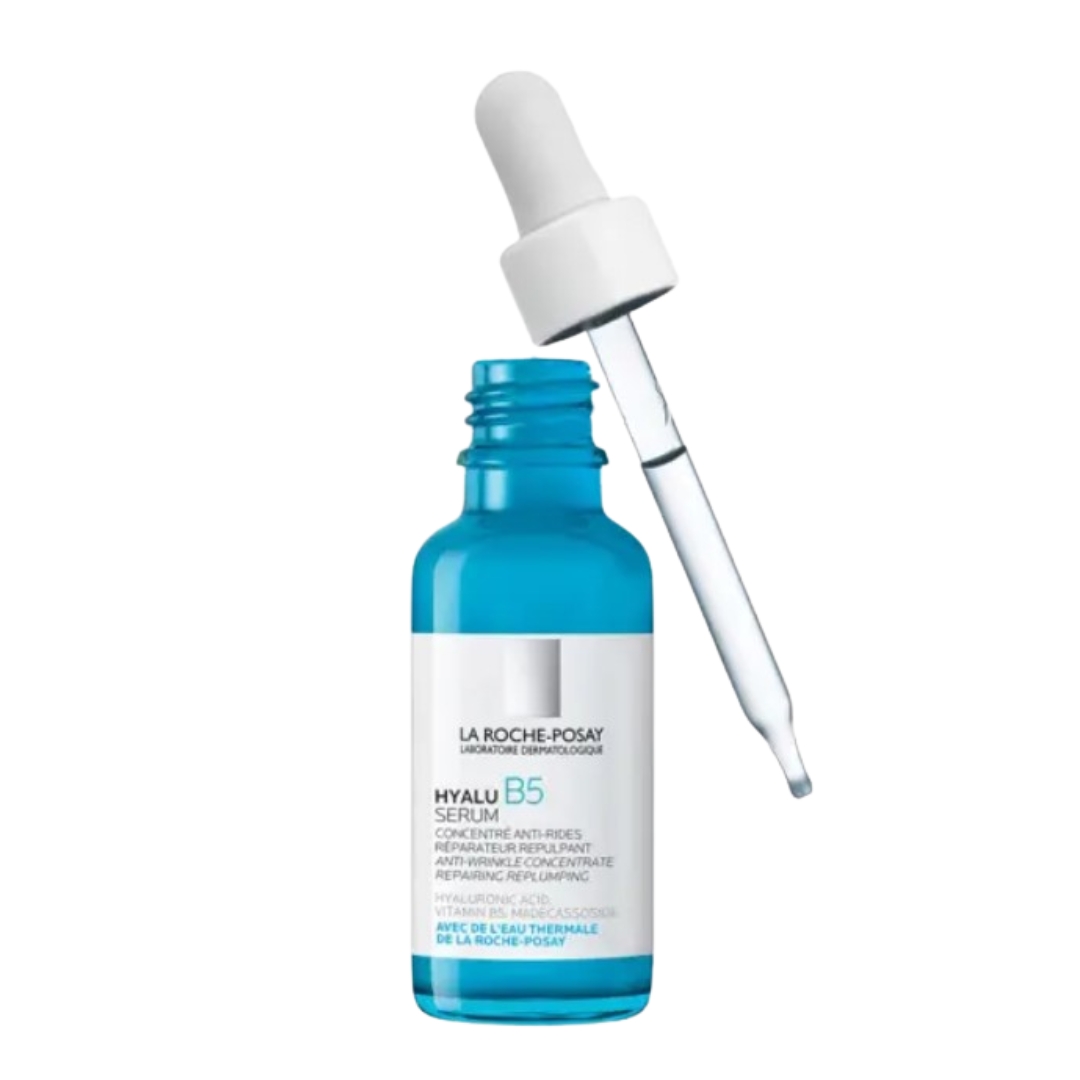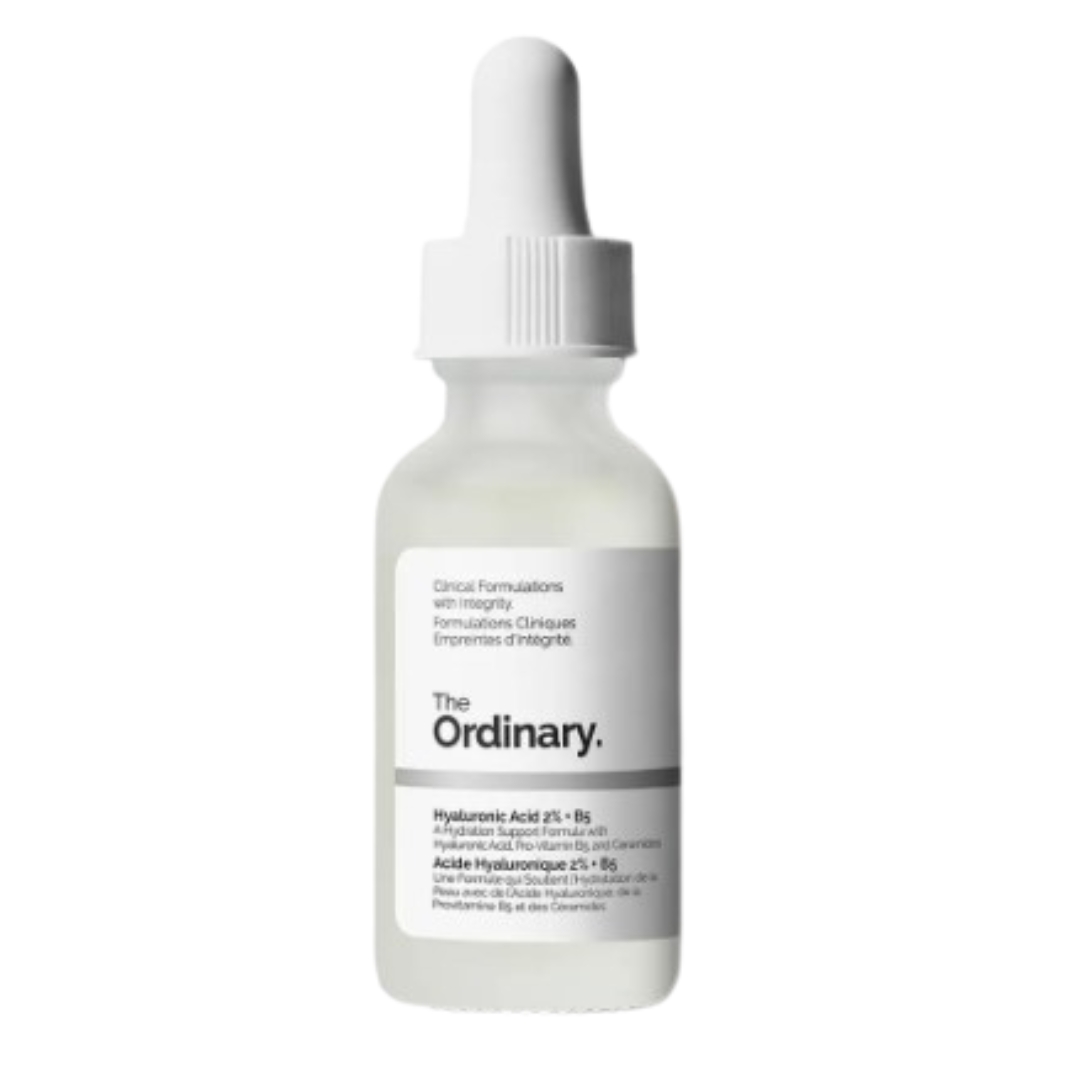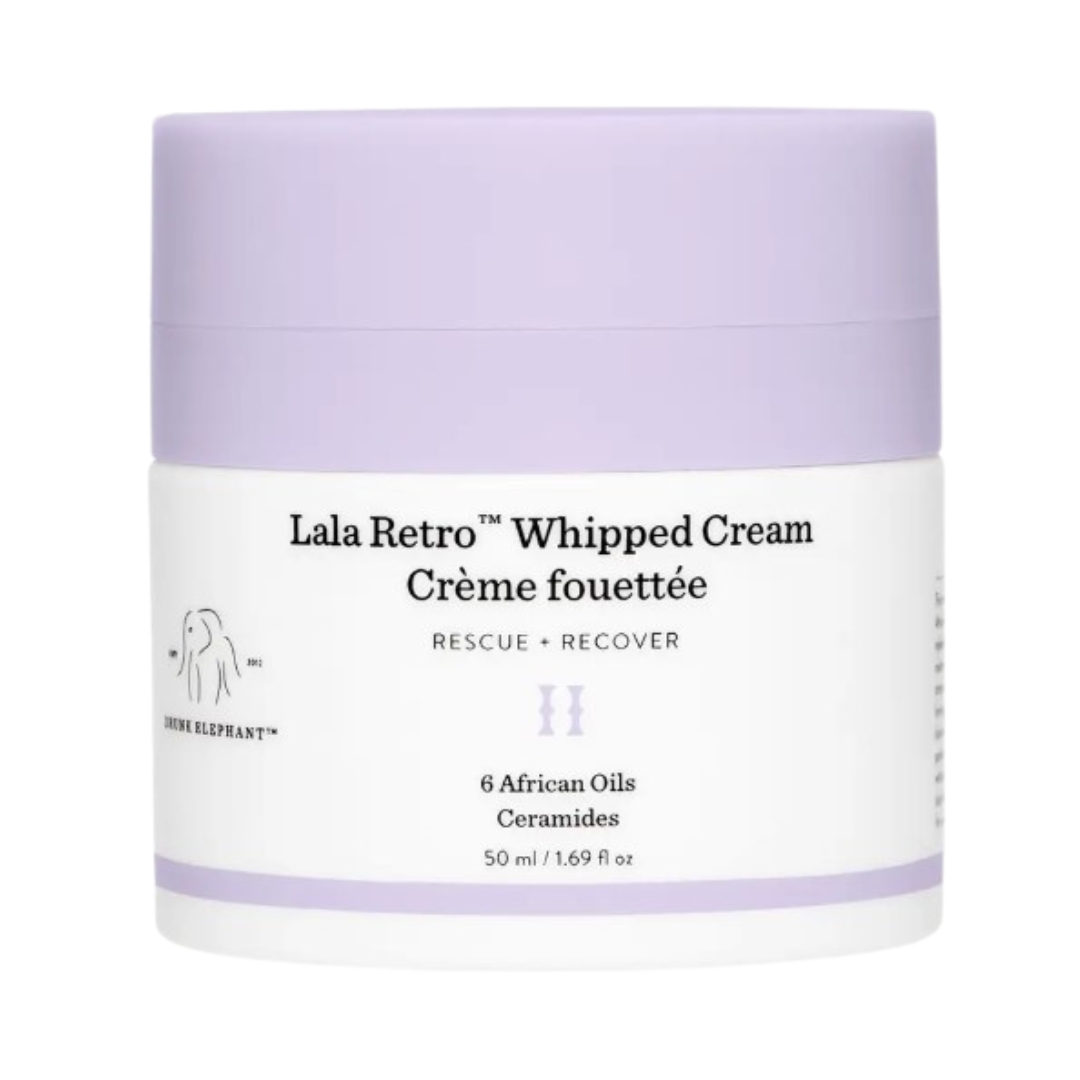Why you might be applying hyaluronic acid wrong - and what to do instead
Not seeing results from your hyaluronic acid serum? The experts share the *one* crucial step you might be missing...


Not seeing the benefits of your favourite hydration-boosting ingredient? Here's why you might be applying hyaluronic acid wrong...
When it comes to building a skincare routine, it's a pretty universally shared opinion that including one of the best hyaluronic acid serums is essential. For starters, the ingredient is non-irritating, so it's suitable for all skin types and is heralded for its hydrating, dryness-busting powers.
That being said though, there is actually a knack to applying it that you might not be aware of - and it can make all the difference to its efficacy. So, we've asked the experts to outline exactly how to use hyaluronic acid on your skin to see the best results.

Dr Leah Totton is a medical and cosmetic doctor and founder of both the Dr Leah Cosmetic Skin Clinic and Dr Leah Skincare. You may also recognise her as one of the winners of the BBC's The Apprentice and now, Totton has shared expertise on all things hyaluronic acid...

Dr Maryam Zamani is a world-renowned Oculoplastic Surgeon and Facial Aesthetics Doctor, who has shared expertise on how to apply hyaluronic acid correctly.
Why you might be applying hyaluronic acid wrong
Hyaluronic acid can come in many forms, whether it's present in your best moisturisers or eye creams but when it comes to a concentrated serum, in particular, there's a lesser-known but crucial way to apply it.
But first thing's first, what does hyaluronic acid do? Dr Leah Totton, Medical and cosmetic doctor and founder of the Dr Leah Cosmetic Skin Clinics explains that it helps "the skin to retain moisture, promoting hydration, wound healing and skin elasticity. It may also be able to reduce the appearance of wrinkles and fine lines, increase plumpness and can protect the skin from free radicals. It is important to note that hyaluronic acid is not an exfoliator, a common misconception due to the word acid." It should also not be confused with niacinamide (another popular skincare hero), as while offering similar nourishing benefits, hyaluronic acid and niacinamide do have a few key differences.
As for application, Dr Totton says: "Hyaluronic acid should be applied after cleansing, whilst the skin is still damp, so it can lock in the moisture."
Why do you need to apply hyaluronic acid to damp skin?
"Hyaluronic acid needs to be applied to damp skin because it draws in moisture," explains Dr Totton and ironically, "it can actually dry the skin out if not applied to wet skin because it will attract the moisture that is already in the deeper layers of the skin."
Sign up for the woman&home newsletter
Sign up to our free daily email for the latest royal and entertainment news, interesting opinion, expert advice on styling and beauty trends, and no-nonsense guides to the health and wellness questions you want answered.
Dr Totton reminds us though, that "the skin does not need to be soaking wet, just slightly damp." To put this into practice, once you've washed away your best cleansers, pat your face gently with a towel, leaving it damp but not dry - or allow your skin to air-dry slightly (so water isn't streaming down your cheeks) - before then going in with your HA serum. We also recommend combining this step with a Gua Sha face tool, for a toning and relaxing facial massage.
Facial Aesthetics Doctor and Oculoplastic Surgeon, Dr Maryam Zamani adds: "Hyaluronic acid is a molecule naturally found in the skin, capable of attracting up to 1,000 times its weight in water (like a sponge), applying to damp skin helps ensure there’s enough water present for it to soak up."
Another method to ensure you get the maximum efficacy out of your hyaluronic acid is to pair it with ceramides. As Totton notes: "Ceramides work really well with HA, as they protect the skin’s moisture barrier and can prevent moisture loss. Pairing a ceramide with HA will only maintain hydration.
"Apply hyaluronic acid first, then wait one minute and apply the ceramide. Ceramide is suitable for most skin types and found in most moisturisers."
Our team's go-to hyaluronic acid serums

RRP: £45
Rated as one of the best La Roche-Posay products, this serum utilises the hydrating properties of hyaluronic acid and the protection of vitamin B5 to plump the skin and reinvigorate the complexion. Our woman&home beauty team are big fans of this formula, as it's suitable for all skin types - including sensitive.

RRP: £8.80
This is a great budget-friendly option for those wanting to add a HA step into their routine. This serum features 2% HA and vitamin B5, which re-plump dehydrated skin and minimise the appearance of fine lines - leaving your complexion supple and radiant. The formula also features ceramides that help to lock in that hydration.

RRP: £58
Ranked highly on woman&home's best moisturiser list, this cream features a light, whipped texture that feels luxurious on the skin and is supercharged with intensely nourishing oils and ceramides. It works to repair your skin barrier and deeply moisturise, leaving your skin looking brighter and more radiant.
When should hyaluronic acid serum come in your routine?
If you're relatively new to this ingredient and are wondering when to apply hyaluronic acid in general, Dr Totton recommends using it as part of your morning and evening routine as, "using it twice a day to get the maximum benefits."
Dr Zamani agrees and adds that using it in the morning, "helps provide all-day hydration, creating a smooth canvas for makeup application," whilst at night: "HA helps reduce transepidermal water loss, ensuring a revitalized complexion by morning. Consistent use of HA, regardless of the time of day, promotes long-term skin health and resilience."
You should apply it after cleansing, whilst your skin is still damp, to ensure all that hydration soaks in, "You should then apply your moisturiser after you have applied your HA serum and of course, always use an SPF to protect against sun damage. Always wait at least one minute before going onto the next stage of your skincare, so the skin has time to absorb the ingredients," says Dr Totton.
You can also try hyaluronic acid stacking, where you layer a few products - like a serum and moisturiser- that contain HA.
- When to use your HA serum: After cleansing, apply to damp skin and then wait a minute before moving onto your moisturiser - then finish with your SPF.

Naomi is a Digital Beauty Writer at woman&home, where she covers everything from makeup to skincare but specialises, particularly, in fragrance and nail trends. Through her work, Naomi shares her trend expertise and personal product recommendations. She is also a judge for woman&home's annual hair, skincare and beauty awards.
Previously, she worked as a Lifestyle News Writer for My Imperfect Life magazine, where she used her savvy for TikTok to bring readers the latest beauty buzzwords, fashion movements and must-have products.
Before that, Naomi split her time between both GoodTo and My Imperfect Life, whilst training for her Gold Standard diploma in Journalism with the NCTJ, for which she earned a Distinction. Interestingly though, Naomi actually has a background in design, having studied Illustration at Plymouth University but leapt into the media world in 2020, to pursue her passion for writing. Now, when she isn’t reporting on the best perfumes and latest beauty releases, you can find her drinking copious cups of coffee and probably online shopping...
-
 Concerned about Netflix’s Adolescence? You’re not alone - here’s how I approached toxic masculinity with my son
Concerned about Netflix’s Adolescence? You’re not alone - here’s how I approached toxic masculinity with my sonPlus three mums share their experience
By Debra Waters
-
 Small acts of kindness to brighten someone's day
Small acts of kindness to brighten someone's dayThese little acts of kindness and thoughtful gestures can truly create a positive impact
By Anna Paul